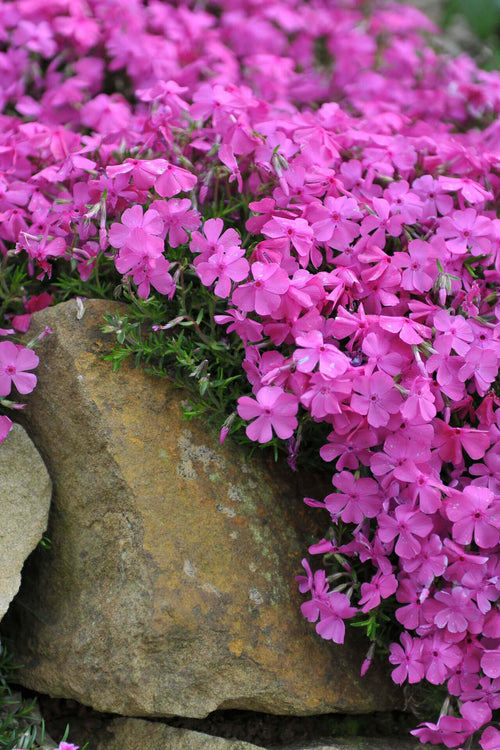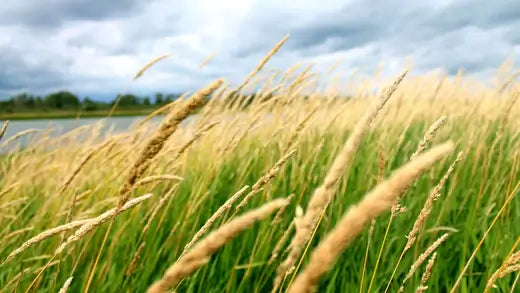Tips for Growing Perennials Successfully
Unlike annuals, perennials may bloom just once or twice in a year. That may happen in different seasons; spring, summer, and fall. When they are not yet bloomed, you can still enjoy the foliage of your perennial plants.
Perennials come in different shapes, which may vary slightly as seasons come and go. The most common perennials include:
Mats; which form low carpets ideal for front of the border or ground covers
Mounds; nicely rounded plant with a very delicate look
Spikes; have slim vertical flowering stems
Vase shape; which grows in an inverted triangular figure in bloom, among others
Tips for growing successful perennials, such as Phlox, that thrive
Before you plant perennials in your garden, you must work on the soil properly because that may be your only chance to remove rocks, loosen up the soil, and spice it with some organic matter.
Ensure that you select the appropriate PH for your perennials. Most perennials will do well in a PH of around 6.5, although a few may require acidic or alkaline soils. It is always recommended to check the PH level of your garden’s soil to ensure that it achieves the PH requirements of your plants. Soil PH can be altered if no plant can suit it.
One of the vital things you need to have in mind when designing your perennial garden is how you’ll access your plants when they grow up. At the back of the border, create a walkway to make the bed more accessible during spring and fall. To create access, you can also create stepping stones with rocks within your garden.
If you are growing your perennials from seeds, it is advisable to put your first-year seedling into a nursery first instead of planting them directly into the flower garden. Putting your plants in a nursery will allow you to observe them as they develop. After all, perennials are not expected to bloom until the second year of planting.
Newly planted perennials must be watered appropriately, especially during the first couple weeks. That is necessary to soak the root ball and give the roots a firm grip on the surrounding soil.
Divide your perennials in early spring when the new growth is just some inches high. You must wait until fall if you don’t get the time right in the spring. However, Irises should be transplanted in early summer, immediately after blooming.
When arranging your perennials, put the tallest plants in the back of the border and have the shortest ones in front. Labels can help you determine the average height of a fully grown plant. In poor conditions, plants only manage to grow half of their original size.
If you notice insect damage or disease in your perennials, dress them with organic fertilizer (quick release type). A blend of fish emulsion and seaweed is often recommended. You can also do this if your plants don’t look lively.
However, it would help if you appreciated the fact that; though you care for your perennials. If a plant is not doing well enough even after you’ve taken the necessary measures to rejuvenate it, you may be forced to discard it and concentrate on the rest of the garden.
Source to Buy Perennials and Information on Planting them
https://www.tnnursery.net


















































